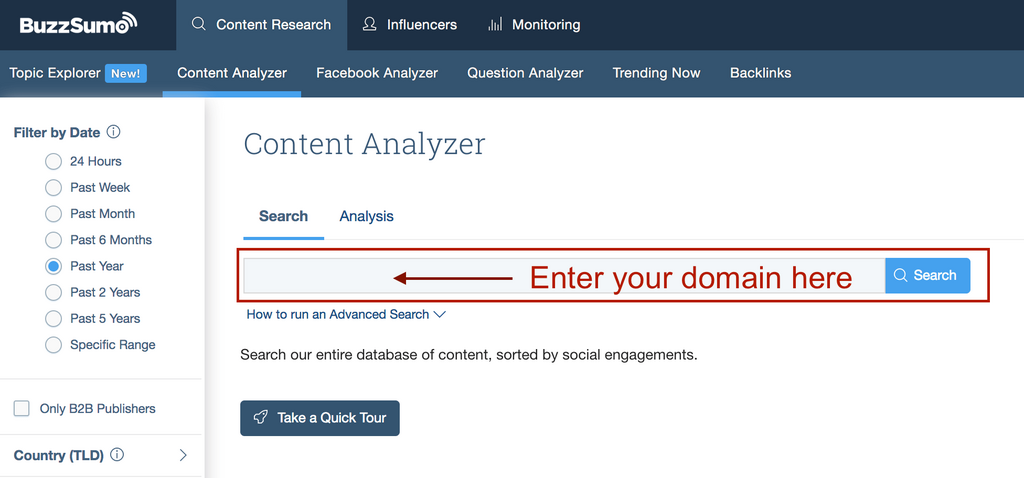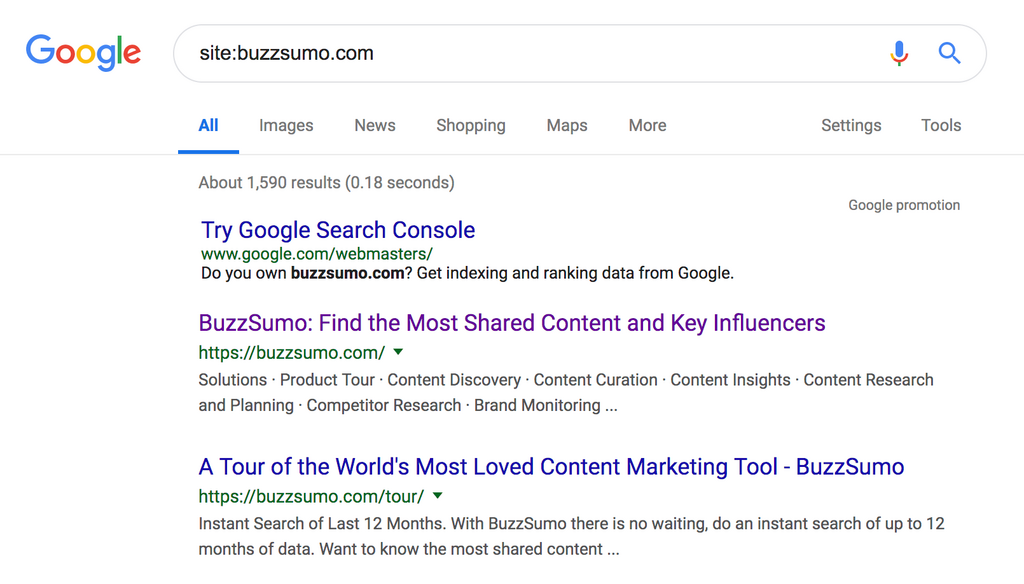When many companies talk about their “content strategy,” they’re really just talking about further content creation.
They’re thinking about what they need to do next — not what they’ve done before. At best, they might – might – monitor the performance of content for insights about what their editorial calendar should include in the months to come.
However, the best online marketers know it’s important to look back at past content AND make adjustments to older pieces in order to improve results.
By conducting an online content analysis or a content audit, we’re not just trying to create new posts—we’re retroactively making old posts even better.
What Is a Content Audit in Online Content Analysis?
A content audit is the process of tracking all of your site’s past content, organizing it, and making improvements to optimize it where necessary.
It’s also fast becoming one of the most powerful ways companies can quickly improve their websites’ traffic.
Think of it like pruning a rose bush. As the years go by, some parts of the bush become healthy and robust. Others become sickly. If you don’t prune away those ailing areas, the problem threatens to spread and put an end to the bush’s purpose: creating beautiful roses.
The folks at Method and Metric summarize well:
Over the years, some of your content works better than others. That’s why you need to conduct content audits. It’s important that you separate the content you still want on your site from the kind that is holding it back.
Your site’s content can be broken down by:
“The Good”, which is your:
- Most traffic-generating content
- Most high-converting content
- Most linked content
- Most shared content
Use BuzzSumo to find most shared content for any domain or topic
Find the Most Shared Content for any Topic or Domain
“The Bad”:
- Content that generates below-average results
And “The Ugly”:
- Content that produces no ROI at all
These three categories each need to be addressed through a thorough online content analysis – or content audit.
4 Steps for a Successful Content Audit
Your first content audit will probably be quite time-consuming, even though it only involves four steps. Still, audits get easier each time and the results are always worth it.
1. Get Clear About What You Want from Your Content
As we touched on above, there are three main metrics you can hope to hit with your content:
- Traffic
- Backlinks
- Social Shares
- Conversions
Each of your webpages should contribute to at least one of these KPIs. Those that don’t are the ones that fall into “The Ugly.”
The only exception would be mandatory pages like “About Us”, “Contact Us”, etc. They may have room for improvement, but they’re not the main focus of this kind of widespread content analysis.
2. Organize Your Content
Alright, roll up your sleeves, because this is where the heavy-lifting starts.
To begin, find all of your websites’ pages. You might be able to easily pull these from your backend or your sitemap.
Otherwise, you’ll need to do a Google search of your entire site. This is what you’d enter into Google to do one for our site:
“site:BuzzSumo.com”
Google will then return every single page that exists for your website.
Once you have your webpages, create an Excel sheet with the following columns:
- URL
- Page Title
- Page Type (e.g. webpage, blog, landing page, etc.)
- Metrics:
- Monthly Traffic
- Backlinks
- Shares
- Conversions
Again, this step could take a while, but when you’re done, you’ll have a very valuable database you can use again and again in the future.
3. Measure Your Content’s Success
The next step to this in-depth online content analysis is to actually measure how well each of your pages is doing.
So, go through and see where your conversions have come from over the past year.
Using BuzzSumo, you can quickly find which pages have gained traction on social media.
BuzzSumo or various other platforms can help you to find backlinks to your content.
Learn more about using BuzzSumo to monitor backlinks.
Use Google Analytics to find the traffic your individual URL’s receive. We like the Behavior > Site Content > Landing pages report for this task.
When that’s done, get the average for each metric. Fortunately, finding the average in Excel is extremely easy.
All pages that show above average results for any of those metrics go in “The Good” category.
Those that show below-average results are “The Bad.”
Any that have zeroes across the board is “The Ugly.”
4. Improve Your Content
Finally, we arrive at the point of this kind of online content analysis: improving the pages that need it.
For now, leave “The Good” alone. Unless you know that some of the information has become outdated, this category doesn’t require any attention.
The majority of your time will be spent on “The Bad.” This category has shown promise, so look for ways it could do better.
For example, if the page was built for traffic and is below average, you could add another keyword-rich section and some outbound links. You could also link to it from one of your own better-performing pages. Any of these changes will help your “Bad” pages do better and, thus, your site as a whole.
What about “The Ugly?”
Simple.
You delete them.
There are no such things as neutral pages on your website. They’re either helping your site or holding it back. The more you’re able to show high-value pages to Google, the better it’s going to rank and the more traffic you’ll generate and convert.
Audit Your Content at Least Once a Year
“When taking a content-first approach, our job as marketers is not to create more content … it’s to create the minimum amount of content with the maximum amount of results.”
In other words, there’s no prize for having the most pages on your site. You win by having pages that all make an impact.
That’s why you should regularly audit your content.
After you’ve completed this online content analysis once, you’ll have the database available to work from again and again. All you’ll need to do is update it and then run through the rest of the sequence above.
Over time, your website will generate better and better results as each audit raises the bar further. You’ll also find it influences the very approach your team takes to creating content in the first place, meaning less pruning is necessary to keep your site headed in the right direction.
If you’re still interested to explore more about content analysis, check out our top 5 content analytics hacks to x10 engagement.
Online content analysis goes easy with BuzzSumo’s Content Insights. Get to know which social networks, content type, and even publication days bring you the best results. Know more about this feature.
Categories
Competitive AnalysisCategories
Competitive AnalysisThe Monthly Buzz⚡
Subscribe to BuzzSumo's monthly newsletter to:
Stay up-to-date with the best of the best in content marketing 📝
Get data-informed content, tips and tidbits insights first 👩🏻💻
Read top shared content by top marketing geeks 🤓
Try
Enter any topic, term or url to search to see BuzzSumo in action. It’s free!
100% free. No credit card required.



